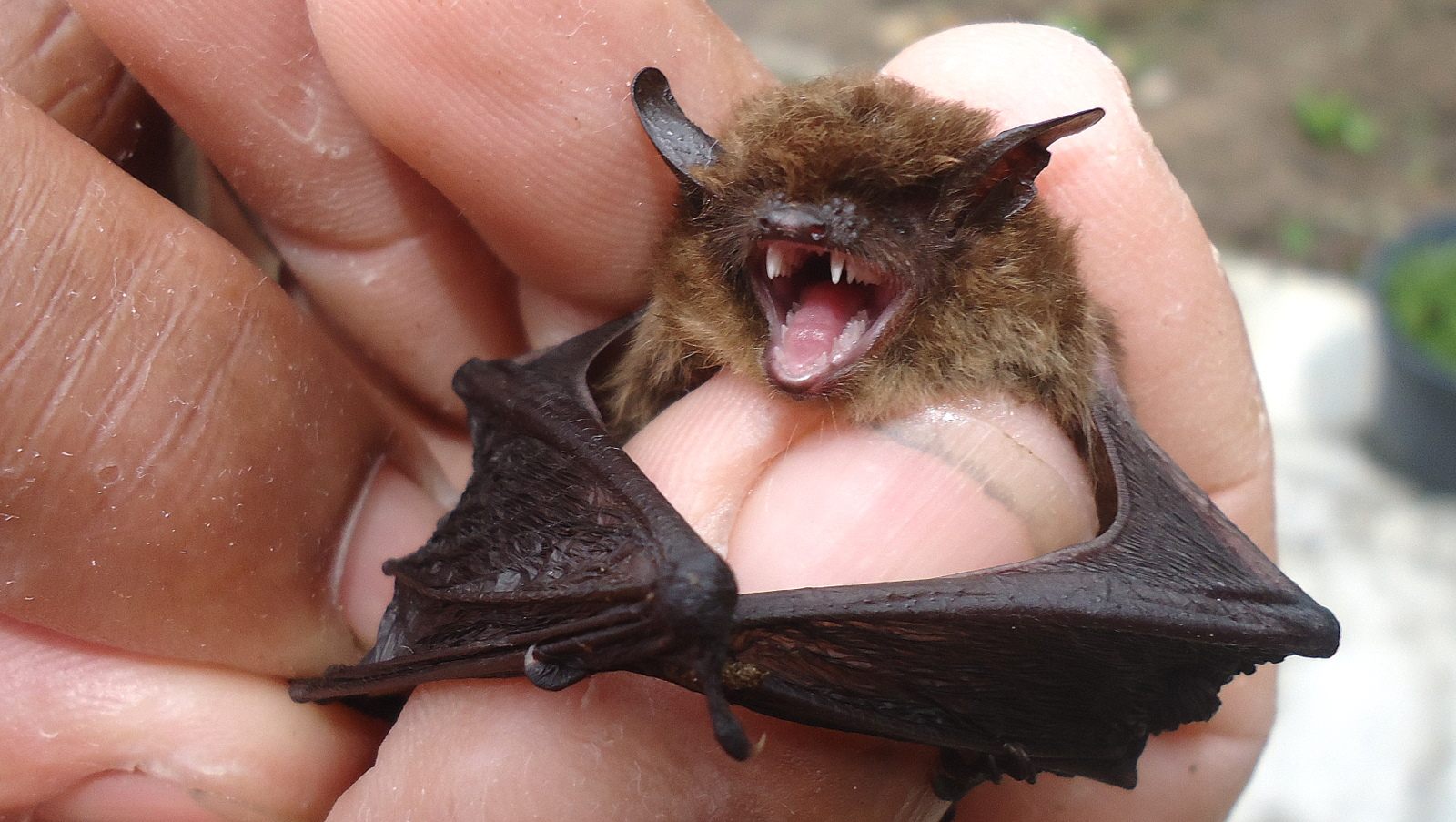Moth Fur Is the Ultimate Acoustic Armor
It muffles the clicks of ravenous, echolocating bats.

For hungry bats, maybe it’s not all about how the moths actually taste. When you hunt by echolocation—sending out clicks and following the echoes—it helps to have prey who can’t hear you, like the many earless moths hugging our lightbulbs around the world.
New research, however, explains how these moths still manage to elude their predators without hearing: with minuscule, muffling fur that locks the clicks in and prevents them from echoing back to their hungry sonars. Thomas Neil, of the University of Bristol, calls the system “acoustic camouflage” in a forthcoming study, presented this week at a conference of the Acoustical Society of America.
To measure the fur’s sonic absorption capabilities, Neil and his team sent pulses of ultrasonic frequencies—sounds too high for human ears to hear—out to target moths through a loudspeaker. A microphone next to the speaker captured the resulting echoes and measured their strength. The team repeated this process from hundreds of angles for 10 moths across two species, measuring how different parts of the body absorbed sound to different degrees. The thorax wound up being the MVP, its fur absorbing up to 85 percent of the sound thrown at it. The team calculates that, without that thoracic fur, moths would have a nearly 40 percent higher risk of being found out. It has evolved to be strikingly more effective than butterfly fur, which can capture at most 20 percent of the sound that hits it (butterflies and moths don’t often cross paths).

It’s not clear, writes Neil in an email, why only some moths have evolved to be earless, nor is there a clear geographic split between them and their eared cousins. Neil and his team are currently attempting to profile the furriness levels of a variety of moth species (there are some 160,000 species altogether), and they have so far made a pair of telling discoveries. First, diurnal moths who don’t have to worry about bats tend to have less fur than their nocturnal counterparts—but among them, even some of those who can hear have grown thick coats of defensive fur, underscoring its crucial survival value.
We have much to learn from these moths for our own sonic purposes. Absorptive moth fur could provide a useful model for developing “sound insulating technology,” as Neil puts it. Their fur, he says, at least matches the capabilities of many existing technical sound absorbers, testifying to nature’s ability to build technological marvels on its own. Don’t expect mothscaping to take off any time soon.












































Follow us on Twitter to get the latest on the world's hidden wonders.
Like us on Facebook to get the latest on the world's hidden wonders.
Follow us on Twitter Like us on Facebook